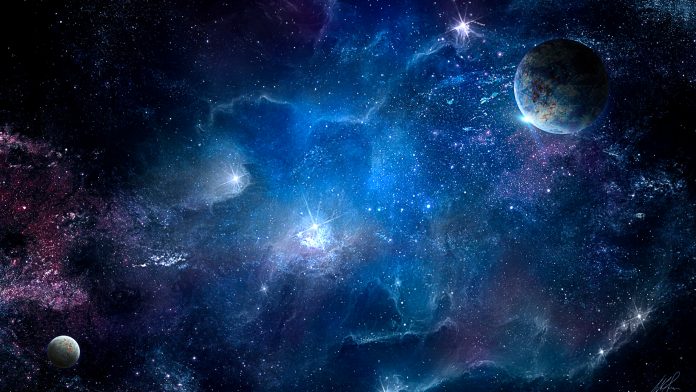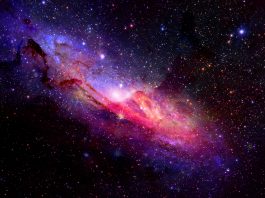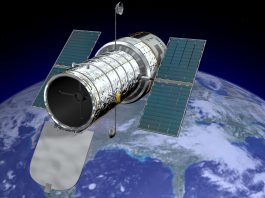At 13.5 billion light-years from Earth, astronomers have discovered the most distant galaxy candidate yet.
At a staggering distance of 13.5 billion light-years from Earth, the galaxy candidate, known as HD1, may be the farthest astronomical object ever perceived by humans. This is a massive leap beyond the previous most distant observed galaxy – GN-z11 – which is situated 100 million light-years closer to Earth.
This international team’s findings will be published in the April 8, 2022, issue of The Astrophysical Journal.
Distant galaxies shed light on the early Universe
The researchers explained that their observation indicates that bright systems, such as HD1, existed as early as 300 million years after the Big Bang. This galaxy candidate is one of the targets of the James Webb Space Telescope, which was launched towards the end of 2021. If observations with the James Webb Space Telescope verify its precise distance from Earth, HD1 will be the most distant galaxy ever recorded.
In order to comprehend how and when galaxies developed in the early Universe, astronomers search for distant galaxies. Due to the finite speed of light, it takes time for the light from distant objects to reach Earth. The light we see from an object that is 1 billion light-years away left that object 1 billion years ago and had to travel for 1 billion years to reach Earth. Therefore, examining distant galaxies allows astronomers to effectively look back in time.
At present, the record holder for the most distant galaxy is GN-z11, a galaxy 13.4 billion light-years away that was discovered by the Hubble Space Telescope in March 2016. However, this distance is the extent of Hubble’s detection abilities.
Observing HD1
HD1, a candidate object for the earliest and most-distant galaxy at 13.5 billion light-years away, was found as a result of over 1,200 hours of observation data taken by the Subaru Telescope, VISTA Telescope, UK Infrared Telescope, and Spitzer Space Telescope.
“It was very hard work to find HD1 out of more than 700,000 objects,” commented Yuichi Harikane, who discovered HD1. “HD1’s red colour matched the expected characteristics of a galaxy 13.5 billion light-years away surprisingly well, giving me a little bit of goosebumps when I found it.”
The researchers then undertook follow-up observations utilising the Atacama Large Millimeter/submillimeter Array (ALMA) to verify HD1’s distance. Akio Inoue, a professor at Waseda University, who led the ALMA observations, explained: “We found a weak signal at the frequency where an oxygen emission line was expected. The significance of the signal is 99.99%. If this signal is real, this is evidence that HD1 exists 13.5 billion light-years away, but we cannot be sure without a significance of 99.999% or more.”
HD1 is incredibly bright, indicating that bright objects already existed in the Universe only 300 million years after the Big Bang. The galaxy candidate is hard to explain with current theoretical models of galaxy formation. Observational information on HD1 is restricted and its physical properties continue to be a mystery. Astronomers understand that could be a very active star-forming galaxy, however it could also be an active black hole. Either possibility makes it a remarkably interesting object of study.
In acknowledgement of its astronomical importance, HD1 was selected as a target for the cycle 1 observations by the James Webb Space Telescope. Yuichi Harikane, who is leading these observations, concluded: “If the spectroscopic observation confirms its exact distance, HD1 will be the most distant galaxy ever recorded, 100 million light-years further away than GN-z11. We are looking forward to seeing the Universe with the James Webb Space Telescope.”









